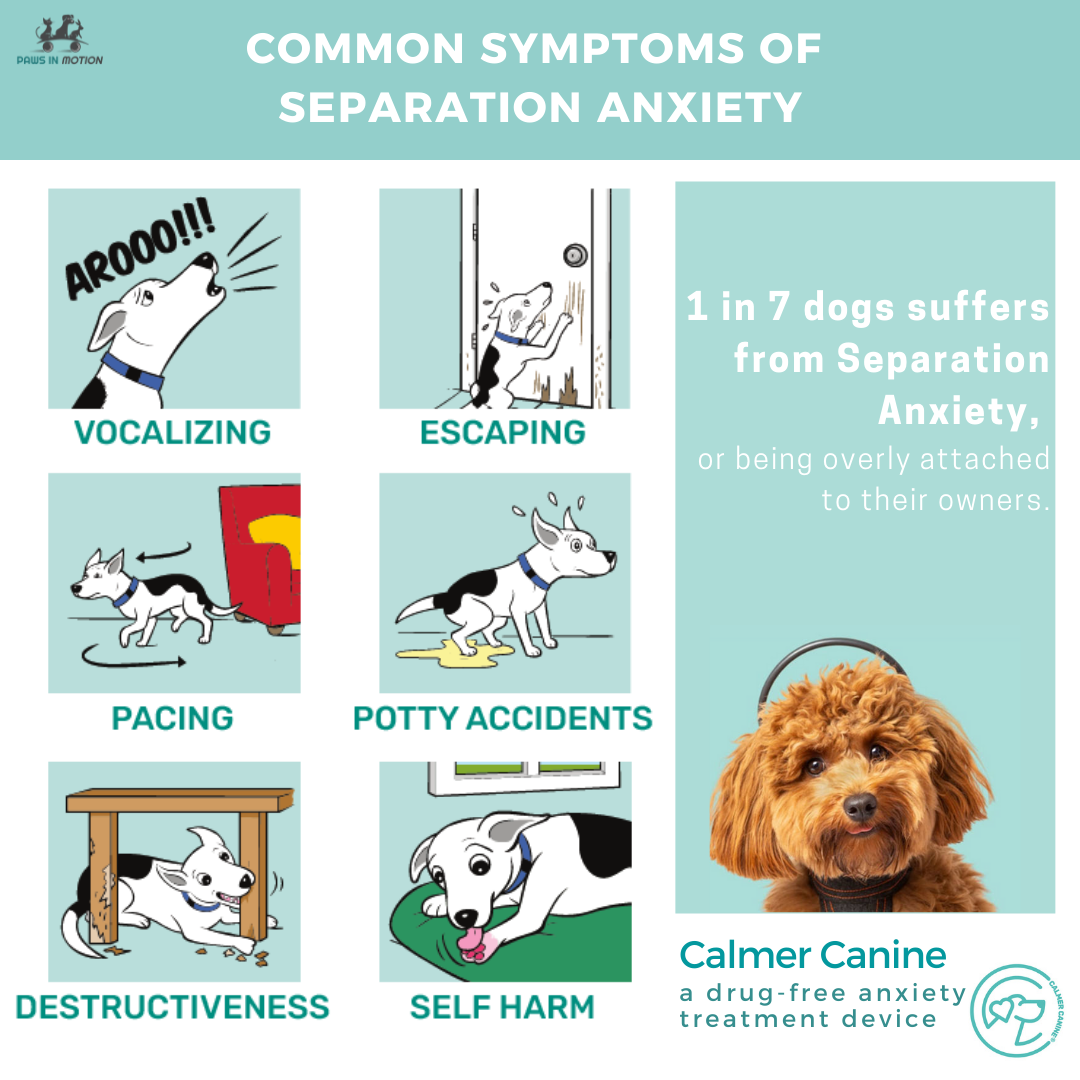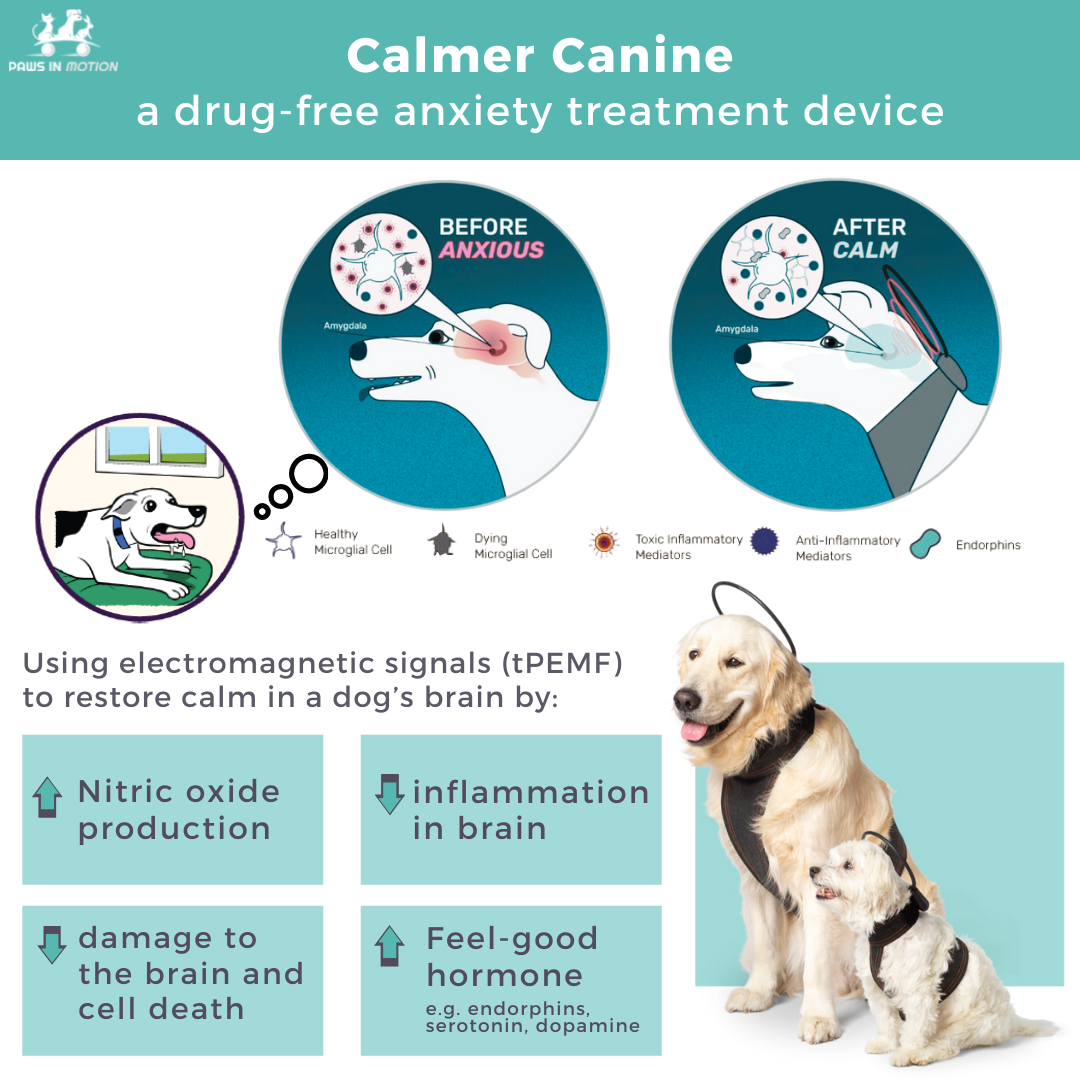
When your pet misses you too much……
As a result, their anxiety produces a panic response: some dogs may bark excessively, have toilet accidents, destroy furniture or items and try to escape. Anxiety has a huge impact on the lives of these pets and their families.
Symptoms of Separation Anxiety
Symptoms of separation anxiety can vary and include the following:
- Excessive Vocalization (barking, howling, whining)
- Destructive Behaviour (chewing, breaking, tearing, scratching, biting windows, doors and exits, etc.)
- Self-Harm (licking and chewing their own toes, paws, hair, legs or tail)
- Anxious Panting (breathing fast, heavily or loudly)
- Inappropriate Urination or Defecation (these dogs never have accidents when people are around)
- Pacing (walking in circles or back and forth across the room in a non-stop manner)
- Watchful Waiting (standing or sitting by the door, staring out of the window without any resting)
- Rearranging Behaviour (moving household objects around without destruction)

Some of the behaviors will be more obvious when you are home:
- Excessive Greetings (overly whining, barking, pawing or even urinating or biting when you return)
- Shadowing (being hyper alert and insisting on always staying close to you)
If your dog exhibits some of above behaviours when left alone, it is LIKELY that your pet is suffering from separation anxiety.
What’s an owner to do?
Some pet owners looking for a drug-free solution, try a variety of supplements or calming wraps, but with mixed results. Other owners opt for behaviour training, a highly successful improvement method, yet requires a great amount of time, patience and expertise from behaviour specialists.
Calmer Canine is different:
Calmer Canine is an innovative treatment device that has shown its ability to improve Canine Separation Anxiety. By using electromagnetic field, the invisible, drug-free and sensation-free signal targets the fear and anxiety centre (amygdala) on your dog’s brain, minimising the inflammation in the brain, reducing the anxiety-related symptoms over several weeks. We often see that the effect is long-lasting.

Calmer Canine works by sending microcurrents of targeted pulsed electromagnetic (tPEMF™) signals to the microglial cells in the anxiety center of the brain. The Calmer Canine also triggers the neural cells to produce “feel good” substances such as serotonin, dopamine, and endorphins.
More on Calmer Canine:
What about my cats?
Cats are highly reactive with the surrounding environment, thus get stressed easily as well. Although the Calmer Canine device is only designed for dogs' usage, the Feliway pheromones range is here to calm our kitty friends!
相關產品
This site is protected by reCAPTCHA and the Google Privacy Policy and Terms of Service apply.




